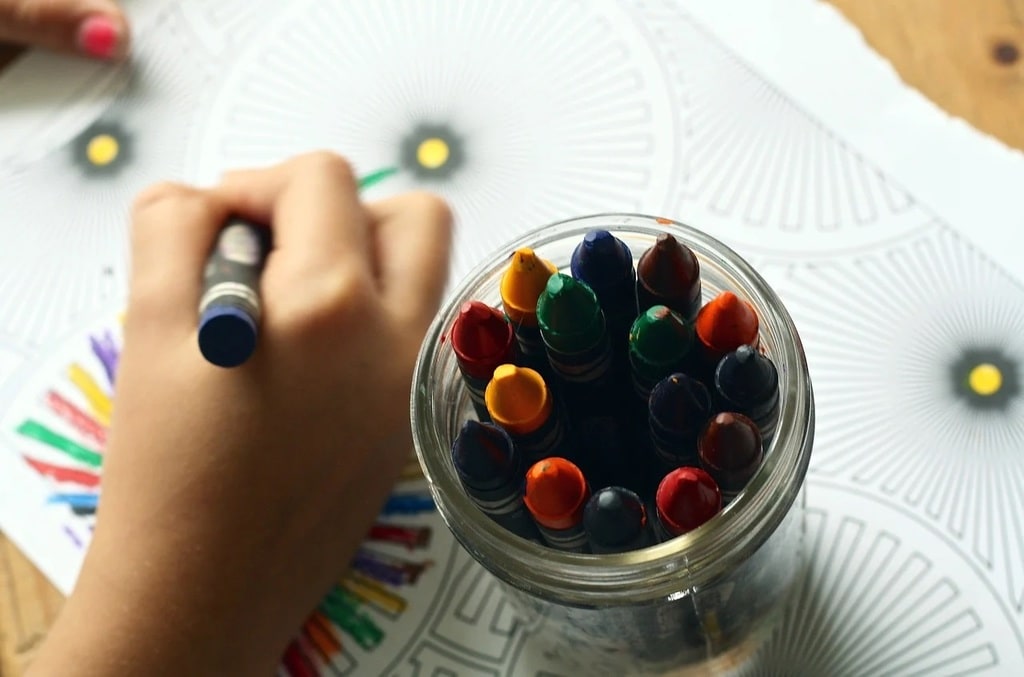Coloring, an activity often associated with childhood playtime, has evolved into a valuable tool for enhancing well-being at all ages. This creative pursuit offers a range of psychological and physical benefits, transcending the simplicity of filling in designs with color.
Exploring the advantages of coloring across ages
Coloring is a therapeutic activity that has been embraced by individuals across various age groups. For children, it serves as a gateway to express emotions and develop motor skills. Teenagers find in coloring a refuge from the stress of academic and social pressures, while adults use it as a means to unwind and alleviate mental strain.
Benefits for children
Young minds benefit greatly from coloring activities. The act of selecting colors and focusing on patterns enhances cognitive development and fine motor skills. This seemingly simple task aids in the improvement of hand-eye coordination and prepares children for more complex tasks like writing.
- Coloring encourages creativity and self-expression.
- It improves focus and concentration.
- The activity aids in the development of fine motor skills.
Advantages for teenagers
Teenagers, amidst their turbulent years, find solace in coloring. It offers a stress-free environment that fosters relaxation and mindfulness. Engaging in this activity helps in managing anxiety, offering a break from the digital world and its incessant demands.

Coloring benefits for adults
The significance of coloring extends well into adulthood. Many adults turn to coloring books as a form of stress relief and mental relaxation. This practice helps in managing anxiety and depression, providing a peaceful retreat from the fast-paced realities of adult life.
Coloring enhances emotional well-being, allowing adults to tap into a state of meditative calm. It also serves as a medium for social interaction, with coloring groups and clubs providing a space for communal creativity and connection.
The science behind coloring
Research has shown that coloring can positively affect mental health. It activates different areas of the brain involved in creativity and logic. Coloring intricate patterns, like mandalas, has been linked to reduced anxiety levels and an improved state of mindfulness.
Coloring and brain function
The act of coloring requires a balance of creativity and structure, engaging both the right and left hemispheres of the brain. This unique combination stimulates cognitive function and fosters a state of focused relaxation, often referred to as ‘flow’.
Physical health benefits
Coloring not only influences mental health but also has physical benefits. The repetitive motion and focus required reduce physical signs of stress such as a lowered heart rate and relaxed muscle tension.
Cultural and social impacts of coloring
Coloring transcends being a solitary activity. It has grown into a cultural phenomenon, with coloring books for all ages filling shelves in bookstores. Social groups and online communities dedicated to coloring foster a sense of belonging and community.
Coloring in education and therapy
Educational and therapeutic settings have adopted coloring as a tool for teaching and healing. In classrooms, coloring aids in learning, while therapists use it as a medium for art therapy, assisting individuals in expressing emotions that might be difficult to articulate.
In summary, coloring offers a range of benefits for people of all ages. It is a simple, accessible activity that provides a pathway to improved mental and physical health, while also creating opportunities for social interaction and community building.
